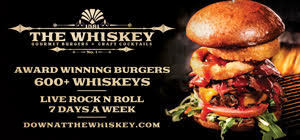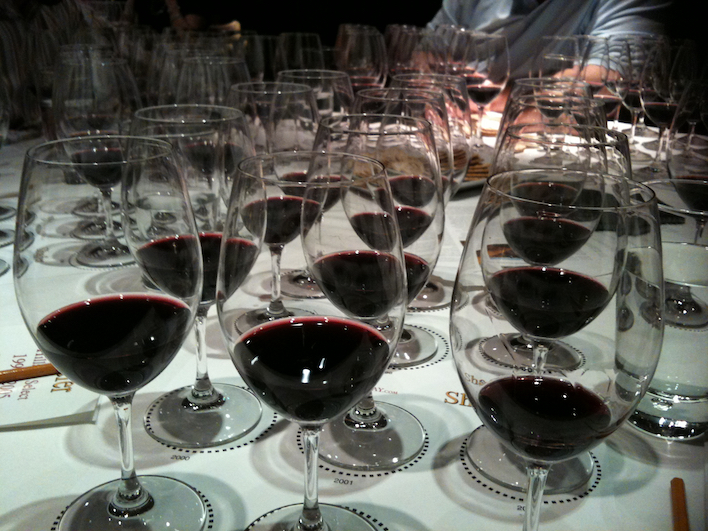
Editor’s note: This is another in a series of columns from Enrique Del Barco, academic director of Winedos.com. See below for information about an upcoming wine tasting.
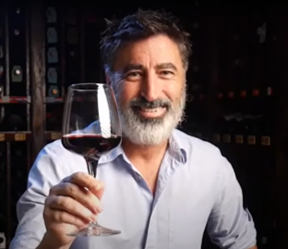
Are you someone who automatically asks for a Napa cabernet at a restaurant or who opens a cabernet sauvignon to accompany a nice dinner with friends because you need that wrapping sensation that inundates your mouth with concentration and elegance? This is the case of most wine consumers in the USA, and for a good reason – California produces wines that rank among the best in the world. But chances are that you are either paying a fortune for a premium Californian wine or simply drinking “just an ok” wine. If you lie in the former category and you can afford it, congratulations, I would do the same! If in the latter, you may want to hear about your options. In both cases, keep reading.

Why do people get stuck into a particular wine style? The answer is simple: acquired taste. It applies to many facets of life but is particularly evident when it comes to food and drinks. How you get initiated to a particular cooking style or wine grape variety is irrelevant. Perhaps it was the way your grandma prepared the chicken noodle soup that you now prefer it against any other alternative soup option. Perhaps creamy and buttery chardonnay was the fashion drink of your high school parties. Despite how it started, it strengthened your neuronal synapses in such a way that they now diligently govern your eating and drinking habits, effectively defining your comfort room.
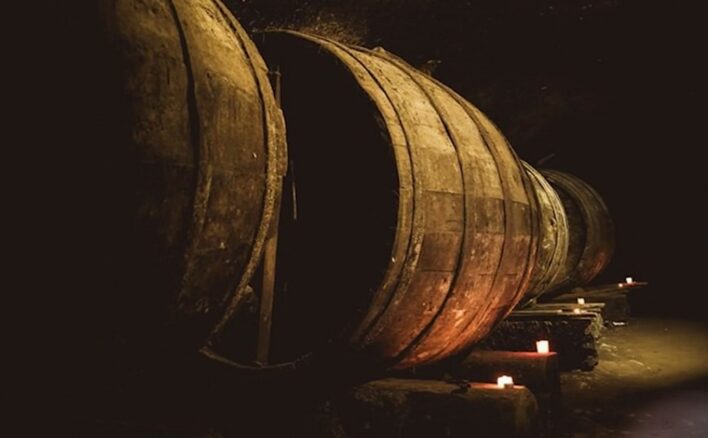
Acquired taste is so powerful that you can even become hooked to disgusting aromas or flavors. A curious example dates back eighteen centuries. Indeed, before Romans adopted wood barrels to store their wines around the 3rd century, they used clay amphorae with caps sealed with pine resin to protect the wine from oxygen exposure and degradation. The resin used to leak into the wine, conferring it with a strong characteristic smell and taste that was considered a fault. Despite the eventual wide adoption of wood barrels, the people of the eastern empire regions (Byzantium) had acquired a taste for resin-spoiled wine and continued to drink it. Indeed, this style of wine is still being commercialized in Greece. If you are curious, look for a bottle of Greek retsina wine (for resin). It’ll be fun, though not extremely pleasant for a first time (it’s like drinking pine juice).
No one is immune to acquired taste, nor is it a bad thing, in general. I have “suffered” of acquired taste when it comes to wine for most of my life. I was born in Burgos, Spain, the land of the tempranillo grape and the elegant, silky, cabernet-like Ribera del Duero wines. My family owned vineyards and I helped my grandmother in the harvest and winemaking since I can remember. My first glass of tempranillo was at the age of five. No kidding! That is the rule if you are born over there and you don’t want your grandpa to get mad. For many years, tempranillo has been my wine. I have ordered it on any occasion and I have tasted all the possible variations there can be. Why risk ordering another wine if you know that you like tempranillo? Life should be easy; you don’t want to make it difficult.
It was only when I moved to the U.S. that I started to drink other wines. First, because tempranillo was not so easy to find at that time, and the examples available in my local grocery store were, simply put, not good. Someone told me to try cabernet sauvignon as a close relative in style. Not that I had not tried it in Spain before. France is not far from where I lived, and the elaboration of tempranillo wines in the north of Spain has been heavily influenced by Bordeaux, with many French producers establishing strong collaborations with Rioja viticulturists and winemakers at the beginning of the 20th century with the attack of the phylloxera bug that destroyed most grape plantings in Europe. So, I switched to Californian cab, or at least I combined it with tempranillo, and I continued without leaving my comfort zone, slightly expanded as a result of my move to a different continent.
The problem arises when you realize that your Napa cab trap hides a huge number of wine styles of comparable quality to those found in Napa, Bordeaux or Burgundy, to name three of the most famous wine production areas in the world, but only at a fraction of the cost. Leaving the Napa cab trap is therefore a question of practicality. After all, great Californian wines do not only top the quality ranks, but also the pricing charts! Escaping the Napa cab trap is definitively worth the risk.
But how to get out of the trap? Although opening your mind to the wider world of wine will pay back the initial hesitance and investment, it is not an easy task. Part of the problem is the lack of quick-to-consume information about wines, with rather obscure and sophisticated reports by wine influencers and professionals that end up complicating the situation and scaring the consumer rather than easing the task.
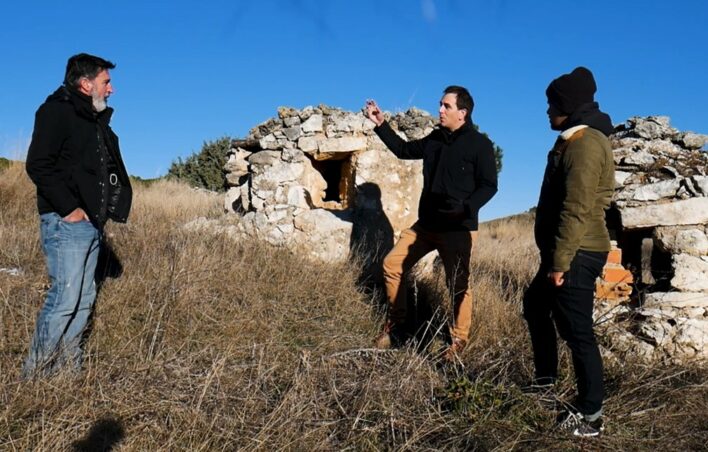
The trick to escape the Napa cab trap is to try wines that do not differ much from what you are used to. Napa cabs worked to expand my palate from tempranillo, so a good tempranillo from Ribera del Duero may do the reverse for you. The good news is that a $50 Ribera bottle would easily compete with a $250 Napa bottle in a blind tasting. But what really helped me to open my palate to all wine styles was a fantastic course titled “Wines of the World” offered by Robin Back at UCF’s Rosen College of Hospitality. What a fantastic initiation to the passionate world of wine! I have not stopped taking wine courses since them, an activity that I continue to this day as a candidate for the master diploma of the Wine and Spirits Education Trust (WSET) and by participating in as many winery visits and wine tastings as I can.
Our society has evolved dramatically when it comes to cuisine. Nowadays, we all become very selective in our dinner nights. Not any restaurant will do, and we are eagerly open to trying different styles and dishes and from as many places as possible. The wine world still needs to undergo the same transition. At www.winedos.com we firmly believe that education is crucial to achieve a satisfactory experience when drinking wine. Our slogan Know The History Behind the Wine is proof of that. We offer 1-minute videos accompanying each wine we sell, and a short video of each winery, with a full 1-hour documentary of each production area. Are you still buying a wine by looking at the picture of the bottle? Would you buy a TV screen without turning it on? Video documentaries are the closest thing to tasting a wine with the producer, and we all know that the wine tastes best at the winery.
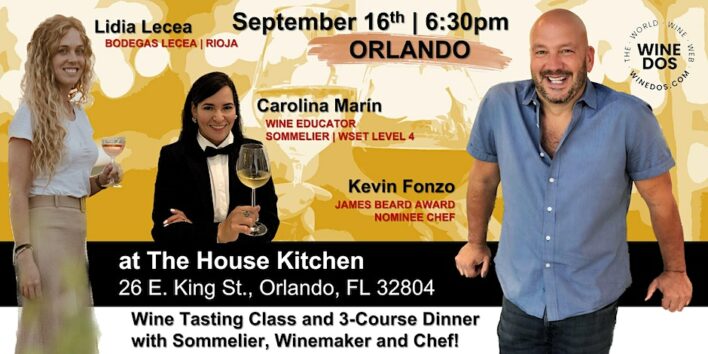
Indeed, we recommend that you navigate some of the wines of our special cab-friendly selection (https://winedos.com/special-selections/are-you-into-cab/), specifically curated by me to facilitate the progression of cab drinkers into other quality wines of comparable characteristics but distinct enough to provide new avenues for your senses and help you expand your palate into new grapes and styles. We also have a chardonnay-friendly section, by the way (https://winedos.com/special-selections/are-you-into-chard/). Or you can join us at our upcoming event at the House Kitchen on Saturday, September 16th(https://winedos.com/events/the-house-kitchen-event/) where Sommelier Carolina Marin will conduct a 5-senses tasting class of five wines from Spain (two cab-like and two chard-like) that will then be paired with the exceptional cuisine of the recognized local chef Kevin Fonzo (limited availability).
I promise that once you are free of the Napa cab trap, the rest will come naturally at you, and soon you will find yourself enjoying a fantastic Xinomavro red from Greece, an orange wine from Georgia, or a delicious fresh Albariño from the north of Spain and feel them all as YOUR WINES.
Learning to drink other wine styles and expanding the sensorial experiences of your wine drinking habits will open your own door to the extremely diverse and millenary culture of wine, and make your dinners taste better!


